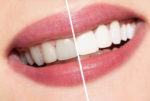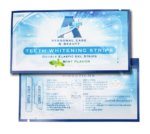Table of Contents [show]
Are your teeth looking a bit dull? Teeth whitening strips have become increasingly popular for those looking for a brighter, whiter smile. But are these products safe? In this article, we will discuss everything you need to know about teeth whitening strips to make an informed decision about whether or not to use them.
Teeth whitening strips have been around for decades and are a convenient, cost-effective way to brighten up your smile. But before you use them, it is important to make sure you are aware of the potential risks associated with teeth whitening strips. In this article, we will discuss the safety of teeth whitening strips, the potential side effects, and other important information to help you make an educated decision about whether or not to use them.
What Are Teeth Whitening Strips?
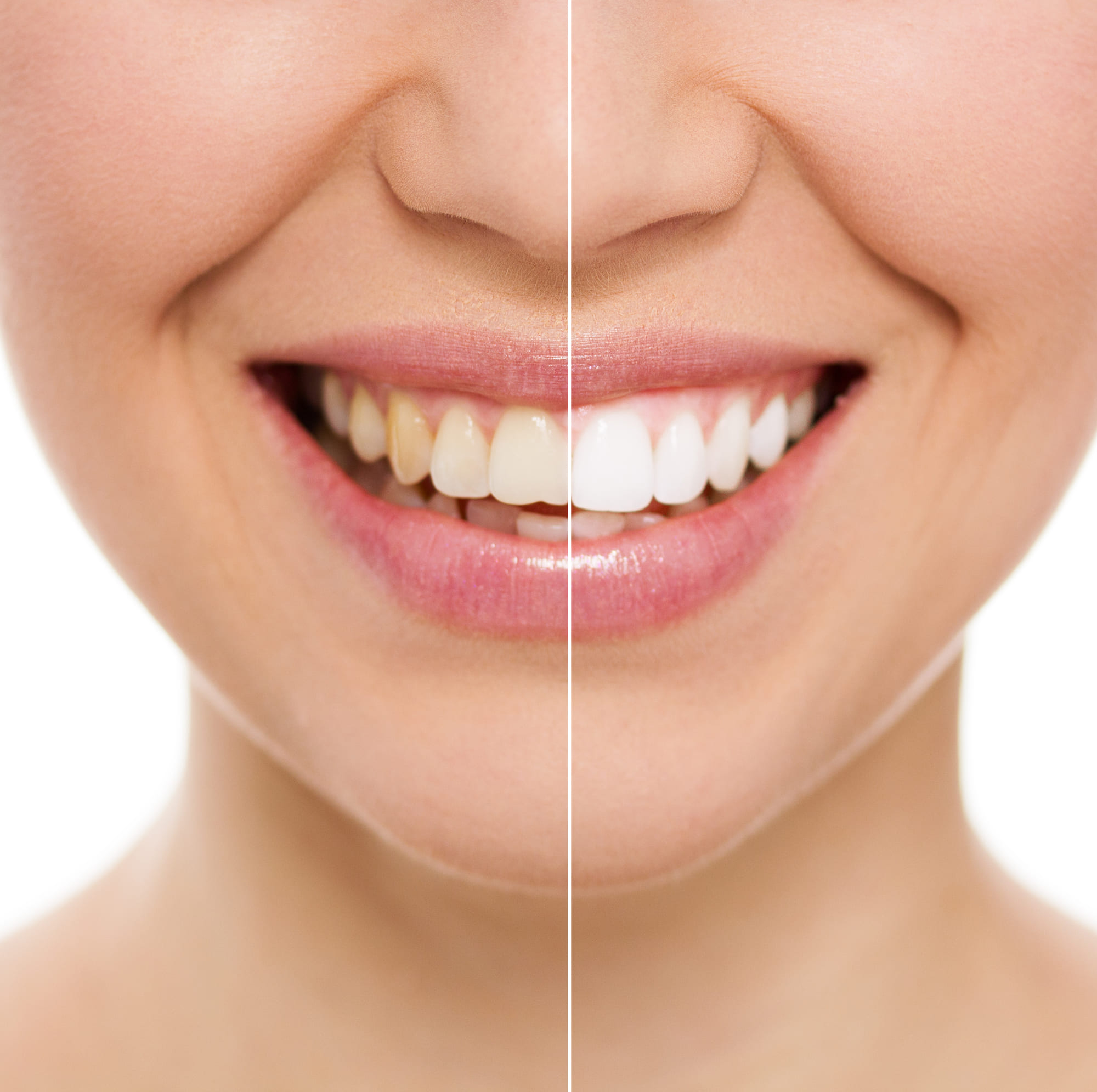
Teeth whitening strips are a type of dental product that are applied directly to the teeth to help whiten and brighten the teeth. The strips contain a hydrogen peroxide-based whitening agent that helps to remove stains and discoloration from the teeth. The strips are applied directly to the teeth and left to sit for a certain amount of time, usually around 30 minutes. After the allotted time, the strips are removed and discarded. The hydrogen peroxide helps to whiten the teeth by breaking down the discoloration and making the teeth appear brighter.
Teeth whitening strips are an effective and affordable way to whiten teeth without the need for expensive professional dental treatments. They are easy to use, and the results can be seen within a few days of use. The strips are also relatively safe, although there are some potential side effects that can occur, such as increased tooth sensitivity. For best results, it is important to follow the instructions on the package and use the strips as directed.
What Do Teeth Whitening Strips Contain?
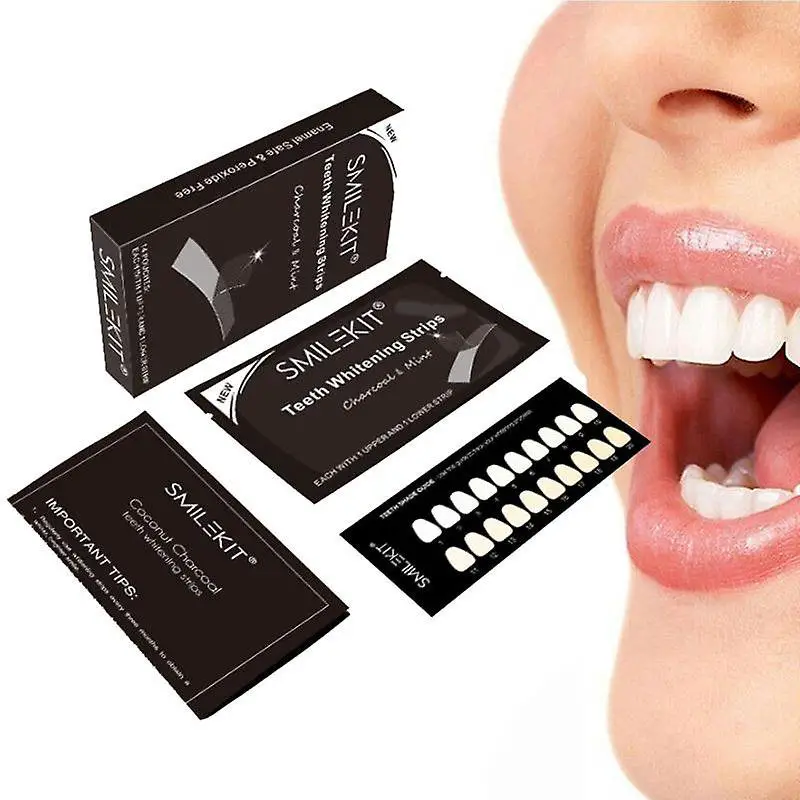
Teeth whitening strips are a popular and easy way to whiten teeth without going to a dentist. The strips are thin, clear strips of plastic coated with a special whitening gel containing hydrogen peroxide or carbamide peroxide. This gel helps to break down and remove the stains on the surface of the teeth. The strips also contain a mild abrasive to help remove plaque and food debris from the teeth.The strips are easy to use and can be applied in just a few minutes. They should be left on the teeth for a certain amount of time in order to achieve the desired whitening effect. The strips are safe to use, though it is important to follow the directions carefully, avoid contact with the gums, and never leave the strips on the teeth for longer than the recommended time. They should also be used in moderation in order to avoid damaging the enamel of the teeth.
Are Teeth Whitening Strips Safe?
Teeth whitening strips have become a popular way to brighten a smile. While they are generally seen as safe, some people may be worried about their potential to harm the teeth. The strips themselves are usually made from polyethylene, a type of plastic that is safe to use on the teeth. The strips are also coated with a peroxide-based whitening gel to help break down the stains on the teeth. As long as the strips are used as directed and only for the recommended amount of time, they will not cause any damage to the teeth.However, there are some potential risks associated with teeth whitening strips. People with sensitive teeth or gums should be cautious when using these products as they may cause irritation. Additionally, if the strips are left on for too long, they can damage the enamel of the teeth. It is important to read the instructions on the box and follow them carefully. If any irritation or sensitivity is experienced, it is best to stop using the strips and see a dentist for a professional whitening treatment.
Are There Any Side Effects to Using Teeth Whitening Strips?
Teeth whitening strips are a popular dental hygiene product that many people use to help brighten and whiten their teeth. While these strips may be effective in improving the color of your teeth, there are some potential side effects to be aware of. The most common side effect of using teeth whitening strips is an increased sensitivity to hot and cold temperatures. This is because the strips contain a bleaching agent that can cause irritation to the gums and teeth, causing them to be more sensitive. Additionally, some people have reported having a burning sensation in their mouth after using whitening strips. Those with sensitive or weakened enamel may experience more severe pain from the whitening strips. Dry mouth is another potential side effect of whitening strips, as the bleaching agent can cause dehydration in the mouth. In some cases, the strips may cause gum irritation, which can lead to an imbalance in the bacteria in the mouth. If you experience any of these side effects, it is important to stop using the strips and speak to your dentist.
Who Should Avoid Using Teeth Whitening Strips?
Teeth whitening strips are an effective and popular way to whiten teeth, but they are not suitable for everyone. People with sensitive teeth, gum disease, cavities, or other oral health issues should avoid using whitening strips. Additionally, people with tooth discoloration caused by certain medications or aging should not use whitening strips, as they may not be able to achieve desired results. Additionally, those with naturally yellow teeth or gray teeth should avoid using whitening strips as they won’t be able to achieve any noticeable results.People with crowns, veneers, or other dental work should also avoid using teeth whitening strips. The chemicals in the strips could damage these materials, resulting in an uneven color or discoloration. Additionally, those with braces should not use whitening strips, as the strips can get stuck in the brackets, causing irritation and sensitivity. Finally, pregnant and breastfeeding women should avoid using whitening strips, as the chemicals could be harmful to the baby.
What Are the Benefits of Using Teeth Whitening Strips?
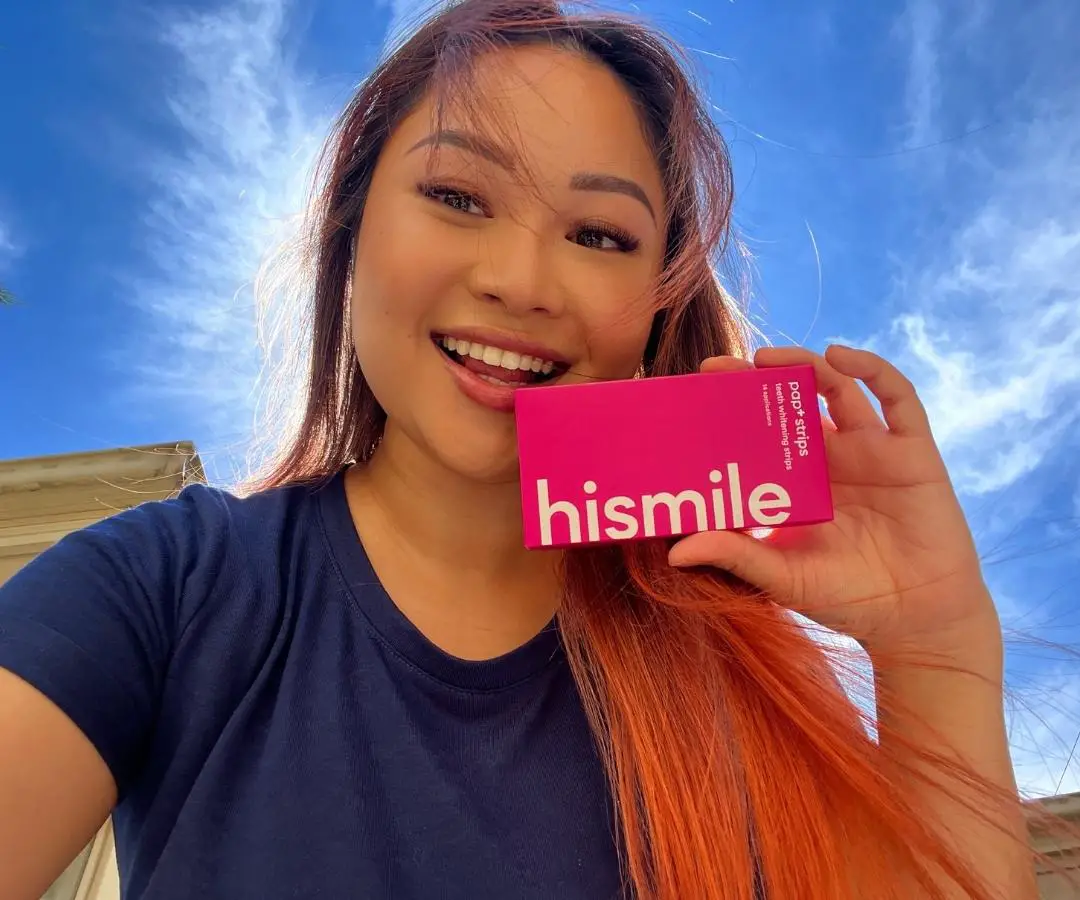
Teeth whitening strips are a common and convenient way to whiten teeth. The strips are thin strips of plastic with a thin layer of peroxide-based whitening gel on one side. The strips are applied to the teeth and left in place for a period of time, usually around 30 minutes. The active ingredient in the gel, usually hydrogen or carbamide peroxide, helps to break down and remove surface stains on the teeth.
The main benefit of using teeth whitening strips is that they are an affordable and easy way to brighten up your smile. Whitening strips are relatively inexpensive and can be purchased at many drug stores and grocery stores. They are easy to use and can be done in the comfort of your own home. Whitening strips are also relatively safe and cause minimal sensitivity of the teeth and gums. They can be used to whiten teeth by several shades in a short period of time. However, results may vary depending on the degree of discoloration.
Conclusion
In conclusion, teeth whitening strips are generally safe for most people to use. However, it’s important to talk to your dentist first if you have any concerns about possible side effects. Your dentist can help you understand the risks and determine if teeth whitening strips are the right choice for you. With proper use, teeth whitening strips can be a great way to brighten your smile and give you the confidence to show off your pearly whites.
